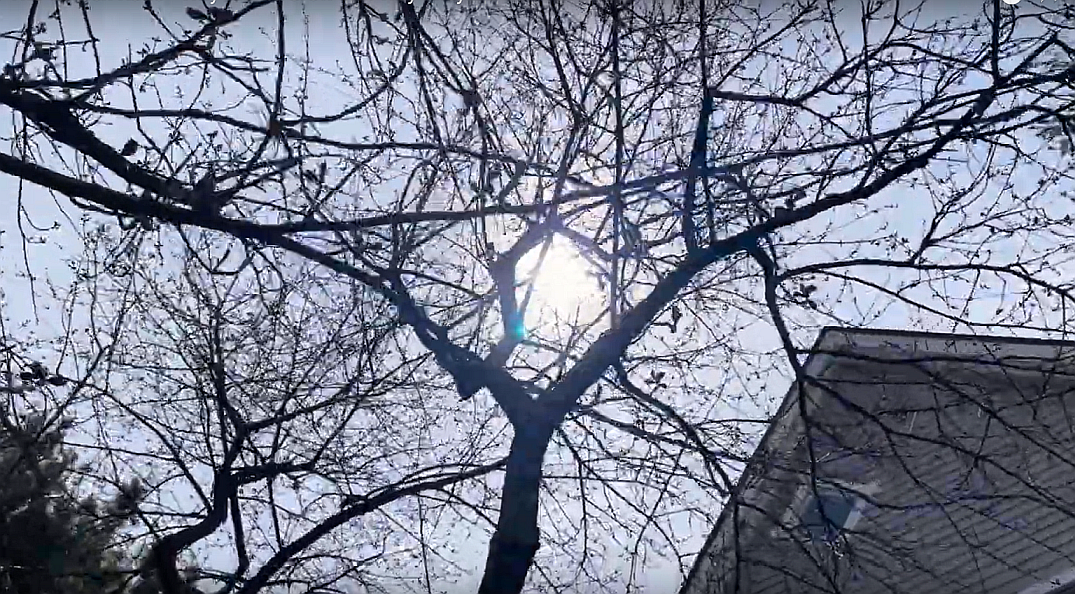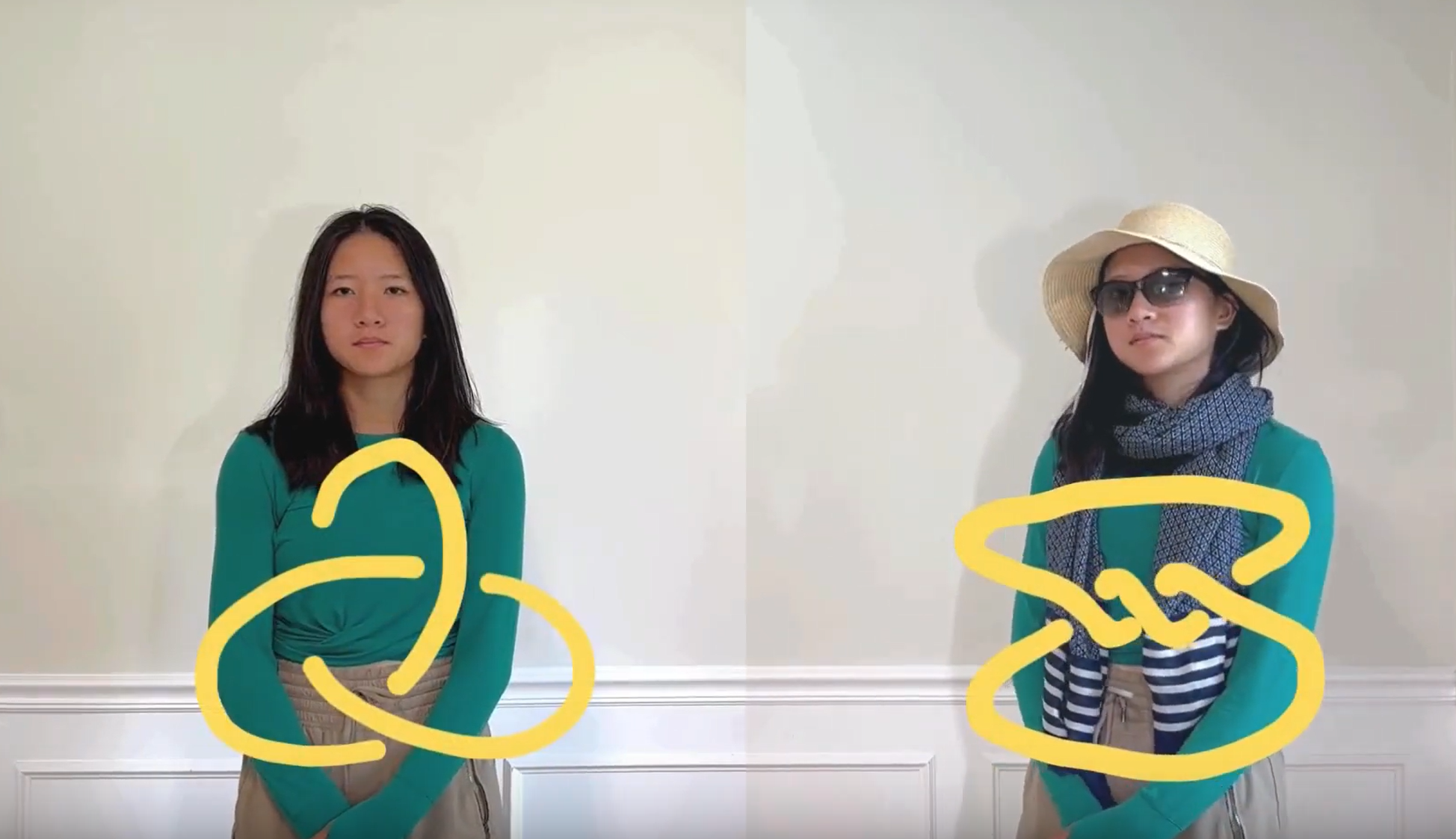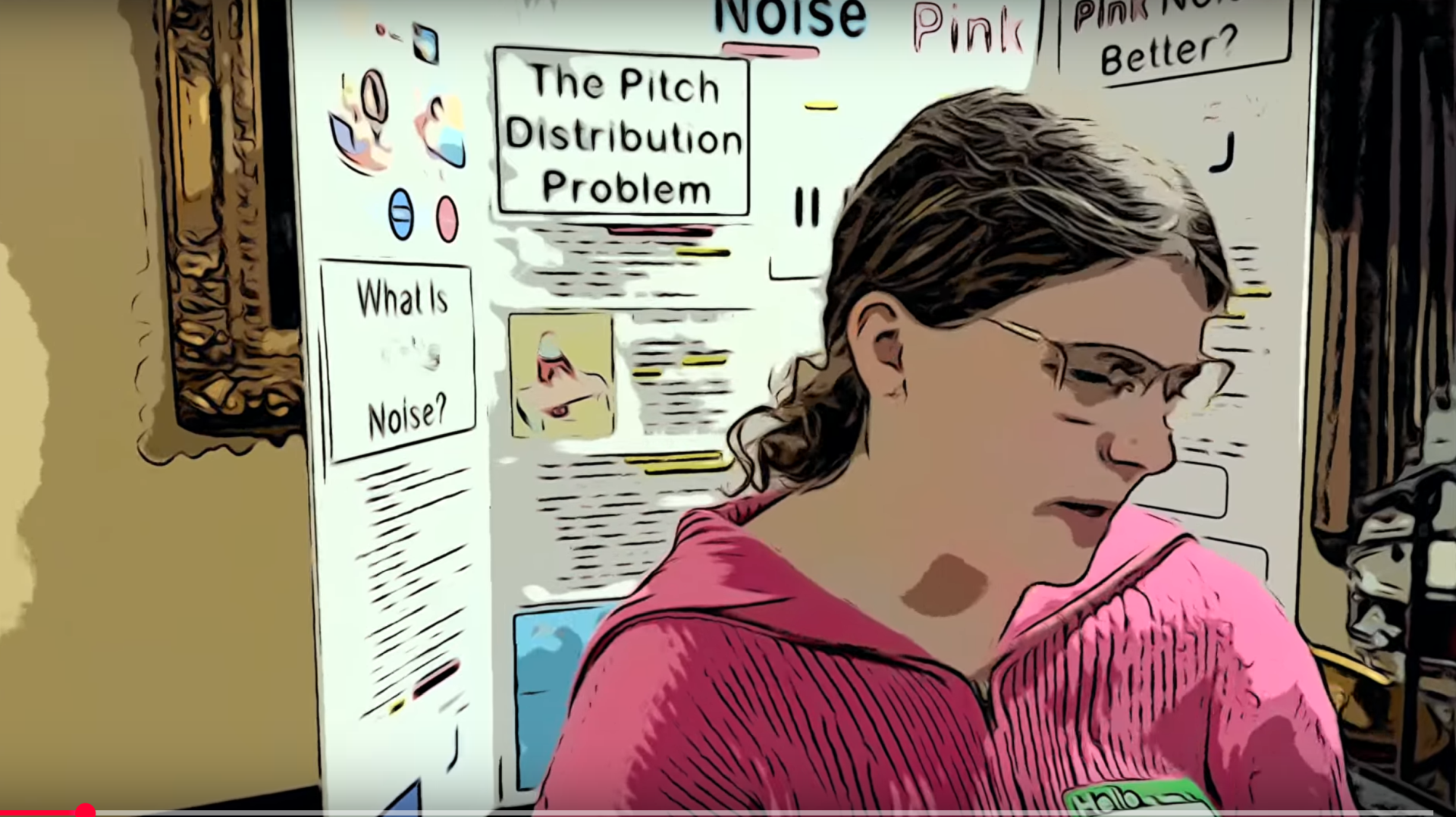Math Monday: Cornumathcopia
[sharethis]
This fall promises a strong harvest of math-y and make-y designs and activities, so today’s column kicks off a celebration of all those goodies to come. The traditional way to celebrate a good harvest is to gather the pick of the crop in a cornucopia. And if you browse images of cornucopias, it looks like a pretty mathematical shape. So you might say we’re beginning our celebration with a quest for the Platonically ideal cornucopia.
 A great first step in a building project, especially one in search of a mathematical ideal, is to start by modeling the object you’re trying to create. And there seem to be two key aspects to the form of a cornucopia: it has circular cross-sections that get smaller toward the closed end, and it has some sort of a twist or spiral in it.
A great first step in a building project, especially one in search of a mathematical ideal, is to start by modeling the object you’re trying to create. And there seem to be two key aspects to the form of a cornucopia: it has circular cross-sections that get smaller toward the closed end, and it has some sort of a twist or spiral in it.  To model an object with lots of circular cross sections, my tool of choice is the freely-available Geogebra interactive geometry system. Its “spreadsheet” mode is ideal for creating lots of similar objects, and in this file I have lots of parallel circles whose circumferences (and hence radii) gradually decrease, and which line up at a point on their circumferences which migrates around the circle by a fixed angle at each step. The first set of parameters I tried, decreasing the circumference by a half-inch and rotating the tangency point by 10 degreess at each step, led to a cornucopia that looked too squat to me (image at left). That’s the great thing about modelling — I just change the parameters (to decreasing the circumference by 3/8 of an inch at each step and rotating the tangency by 8 degrees) and regenerate the image.
To model an object with lots of circular cross sections, my tool of choice is the freely-available Geogebra interactive geometry system. Its “spreadsheet” mode is ideal for creating lots of similar objects, and in this file I have lots of parallel circles whose circumferences (and hence radii) gradually decrease, and which line up at a point on their circumferences which migrates around the circle by a fixed angle at each step. The first set of parameters I tried, decreasing the circumference by a half-inch and rotating the tangency point by 10 degreess at each step, led to a cornucopia that looked too squat to me (image at left). That’s the great thing about modelling — I just change the parameters (to decreasing the circumference by 3/8 of an inch at each step and rotating the tangency by 8 degrees) and regenerate the image.
This looks pretty good, so it’s time to see if we can actually build this idealized cornucopia. The plan is to bend the circles out of thin strips of stiff material, and then attach them at the prescribed tangency points. Here’s the material I chose: 3/32″ by 1/32″ strips of bass wood, available at a local art supply store, along with a cutting tool to create the necessary lengths. The strips come in 24″ lengths, so the circumferences of the circles in the model range from 24″ down to 3/8″ in increments of 3/8″. So first we mark a series of strips at every increment of 3/8″ up to 12″. We can use the short sections from each strip for the smaller circumferences and the longer sections for the larger sections.
Here’s the material I chose: 3/32″ by 1/32″ strips of bass wood, available at a local art supply store, along with a cutting tool to create the necessary lengths. The strips come in 24″ lengths, so the circumferences of the circles in the model range from 24″ down to 3/8″ in increments of 3/8″. So first we mark a series of strips at every increment of 3/8″ up to 12″. We can use the short sections from each strip for the smaller circumferences and the longer sections for the larger sections.

Here’s how the cutting tool works, although a regular wire cutter will work as well — it just doesn’t have guides to help keep the cuts square. Cut carefully, since in many cases you will be using both the resulting pieces.
Once all of the pieces are cut, it is time to fasten them into hoops. The simplest and most reliable method I found was to use one drop of instant-bond glue on one end of a stick, and bend the other end around and squeeze them together briefly with a flat pliers.  (The usual caveats with instant-bond glue apply: don’t use too much or your work piece will cement itself to your pliers; don’t squeeze with your fingers because the glue voraciously bonds skin.) You may note that the overlap introduces a (varying) discrepancy from our modeled circumferences. This seems like a small perturbation, but if it is of concern, you can try making butt joints, perhaps wrapped with a stiff tape, like thin packing tape with glass fibers. The difficulty is the hoops then want to kink at the joint. Note that you have one extra 12-inch piece to practice on, as the last strip was cut into two 12-inch lengths, only one of which is needed.
(The usual caveats with instant-bond glue apply: don’t use too much or your work piece will cement itself to your pliers; don’t squeeze with your fingers because the glue voraciously bonds skin.) You may note that the overlap introduces a (varying) discrepancy from our modeled circumferences. This seems like a small perturbation, but if it is of concern, you can try making butt joints, perhaps wrapped with a stiff tape, like thin packing tape with glass fibers. The difficulty is the hoops then want to kink at the joint. Note that you have one extra 12-inch piece to practice on, as the last strip was cut into two 12-inch lengths, only one of which is needed.
When they’re all done, another nice characteristic of the 3/8″ circumference increment emerges: the hoops nest beautifully. Note that at about ten inches, the wood strips starting snapping repeatedly, so our cornucopia will be left with a hole in the end. If that’s bothersome, you could continue with strips of cardstock, or just insert a cone made of a stiff sheet material, again perhaps cardstock; manila would match the wood color fairly closely.
 Next, we need to mark 8-degree arcs on each of the hoops, so that the connection points when we put them together in a stack can rotate eight degrees with each additional circle. There’s a nice trick from geometry that makes this very easy. Print out this diagram of a 4-degree angle. Why four degrees? Because whenever an angle is inscribed in a circle, it cuts off an arc twice its measure. So you just put a circle down so that the vertex of this angle is touching the circumference, and mark the two points where the legs of the angle cut the circumference. I found it convenient to use the inside end of the wood strip as a pre-made mark, so I lined that up with one leg and then marked where the other crossed. If you want to save a sheet of paper, you can even just do the marking right on your screen.
Next, we need to mark 8-degree arcs on each of the hoops, so that the connection points when we put them together in a stack can rotate eight degrees with each additional circle. There’s a nice trick from geometry that makes this very easy. Print out this diagram of a 4-degree angle. Why four degrees? Because whenever an angle is inscribed in a circle, it cuts off an arc twice its measure. So you just put a circle down so that the vertex of this angle is touching the circumference, and mark the two points where the legs of the angle cut the circumference. I found it convenient to use the inside end of the wood strip as a pre-made mark, so I lined that up with one leg and then marked where the other crossed. If you want to save a sheet of paper, you can even just do the marking right on your screen.
Once they’re all marked it is time to attach them. We just want one mark of the top circle at each junction to line up with the other mark of the bottom circle. Here’s a completed stack of two circles, just using a tight wrapping of clear tape at the junction point.
Here’s a completed stack of two circles, just using a tight wrapping of clear tape at the junction point.
I wasn’t sure whether it would be easier to stack from small down to large or from large up to small, so I did half and half. Although I found it easier to reach the next junction point and line up the marks when working large to small, it is likely best to go both ways, as eventually the weight of the stacks makes them compress, and you need to add some strips of tape applied loosely inside the cornucopia, opposite the main junctions, for additional structural integrity.
Here’s the bottom half just before the two sections were united. 
And here’s the completed cornucopia. 

 As you can see, also in these other views, it’s just a rough real-world approximation of the Platonic cornucopia archetype, yet it still evokes that ideal cornucopia form we’re after. (If any readers find other materials or ways to fabricate hoops that are more uniformly circular, let us know at mondays@momath.org, and include a picture.)
As you can see, also in these other views, it’s just a rough real-world approximation of the Platonic cornucopia archetype, yet it still evokes that ideal cornucopia form we’re after. (If any readers find other materials or ways to fabricate hoops that are more uniformly circular, let us know at mondays@momath.org, and include a picture.)
We’ll spend the next few weeks creating mathematical goodies with which to fill our cornumathcopia. Enjoy!














